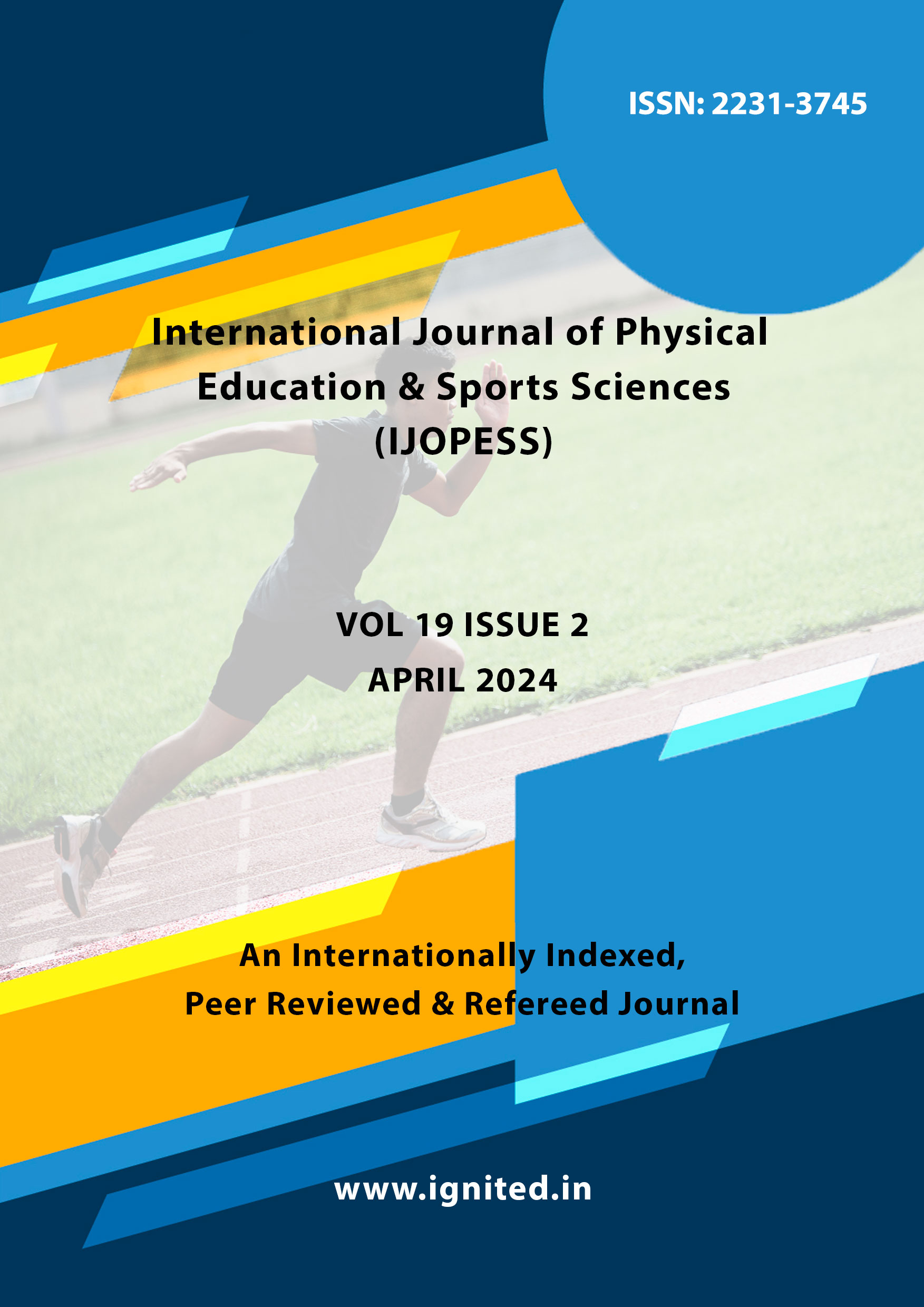Observational Study on the impact of Nursing Department on Emergency Patients
Main Article Content
Authors
Abstract
Overcrowding in emergency departments (EDs) hinders the ability of prehospital and hospital systems to provide adequate patient treatment. There was an initiative to shorten the delivery interval and total turnaround time, the amounts of time it takes for patients to go from when emergency medical services arrive to when they are handed over to the emergency department personnel. This research compared the delivery and turnaround times for ambulance-borne patients both before and after paramedics were included in the triage process. It was a retrospective observational study. Between the hours of 12 AM and 12 PM, the research comprised all adult ED patients who were brought in by ambulance. Patients under the age of 21, those transferring directly from an outpatient institution to an inpatient one, and critically ill patients who needed to be seen immediately in the resuscitation section, avoiding the usual triage procedures, were not included. The information was evaluated using two-sample t-tests with an α = 0.05 confidence interval. The delivery interval was 16 minutes before the program was implemented, and it dropped to 14 minutes after the program was implemented. Prior to implementation, the mean turnaround time was 35 minutes and 37 seconds; after implementation, it dropped to 36 minutes and 37 seconds. There was a reduction of 01:50 minutes in the average delivery interval. A 00:40 second increase was seen in the mean turnaround interval. Having a paramedic on staff during emergency department triage reduced delivery interval by 1:50 minutes, but there was no discernible change in ambulance turnaround times.
Downloads
Article Details
Issue
Section
References
- Department of Health. Taking healthcare to the patient: transforming NHS ambulance services. London: Department of Health; 2020.
- Department of Health. Taking healthcare to the patient 2: a review of 6 years' progress and recommendations for the future. London: Department of Health; 2021.
- Institute of Medicine. Emergency medical services: at the crossroads. Washington, DC: The National Academies Press; 2017.
- Jensen JL, Croskerry P, Travers AH. Paramedic clinical decision making during high acuity emergency calls: design and methodology of a Delphi study. BMC Emerg Med. 2019;9:17.
- O'Hara R, Johnson M, Siriwardena AN, Weyman A, Turner J, Shaw D, et al. A qualitative study of systemic influences on paramedic decision making: care transitions and patient safety. J Health Serv Res Policy. 2015;20:45–53.
- Van Dreven A, Williams B. Professional development. In: Curtis K, Ramsden C, editors. Emergency and trauma Care for Nurses and Paramedics. London: Mosby Elsevier; 2021. p. 93–108.
- Morrison L, Cassidy L, Welsford M, Chan TM. Clinical performance feedback to paramedics: what they receive and what they need. AEM Educ Train. 2017;1(2):87–97.
- Cash RE, Crowe RP, Rodriguez SA, Panchal AR. Disparities in feedback provision to emergency medical services professionals. Prehospital Emerg Care. 2017;21(6):773–81.
- Jenkinson E, Hayman T, Bleetman A. Clinical feedback to ambulance crews: supporting professional development. Emerg Med J. 2019;26(4):309.
- Croskerry P. The feedback sanction. Acad Emerg Med Off J Soc Acad Emerg Med. 2020;7(11):1232–8.
- Archer JC. State of the science in health professional education: effective feedback. Med Educ. 2020;44(1):101–8.
- Ivers N, Jamtvedt G, Flottorp S, Young JM, Odgaard-Jensen J, French SD, et al. Audit and feedback: effects on professional practice and healthcare outcomes. Cochrane Database Syst Rev. 2022;(6):CD000259. https://doi.org/10.1002/14651858.CD000259.pub3.
- Michie S, Williams S. Reducing work related psychological ill health and sickness absence: a systematic literature review. Occup Environ Med. 2023;60(1):3.
- Petrie K, Milligan-Saville J, Gayed A, Deady M, Phelps A, Dell L, et al. Prevalence of PTSD and common mental disorders amongst ambulance personnel: a systematic review and meta-analysis. Soc Psychiatry Psychiatr Epidemiol. 2018;53(9):897–909.
- Mitchell I, Schuster A, Smith K, Pronovost P, Wu A. Patient safety incident reporting: a qualitative study of thoughts and perceptions of experts 15 years after 'To err is Human'. BMJ Qual Saf. 2016;25(2):92–9.
- Shabana Khan, Sharick Shamsi, Asmaa AA Alyaemni, Samiha Abdelkader, Effect of Ultrasound and Exercise Combined and Exercise alone in the Treatment of Chronic Back Pain, indian Journal of Physiotherapy & Occupational Therapy, 2013;7:2.

